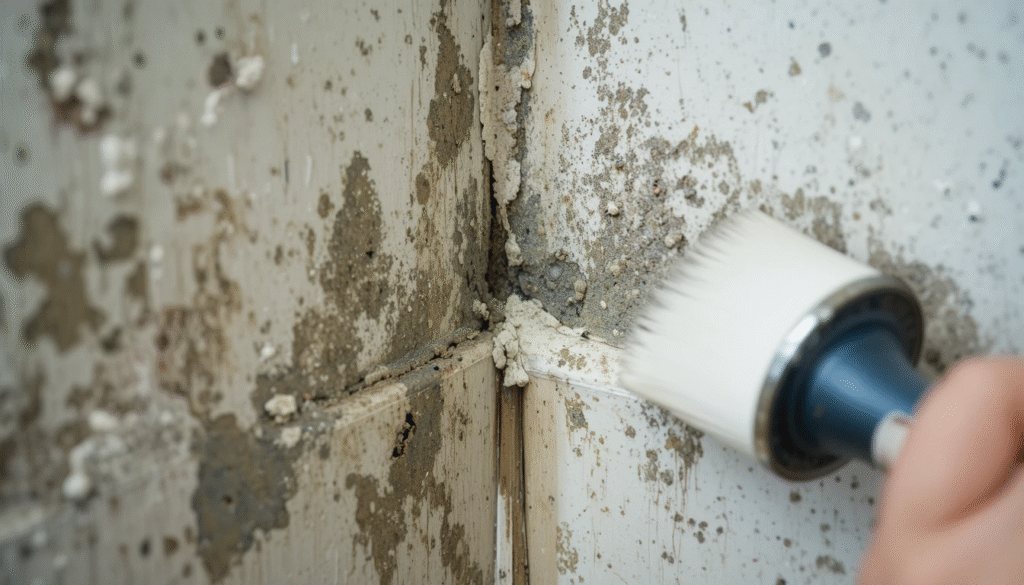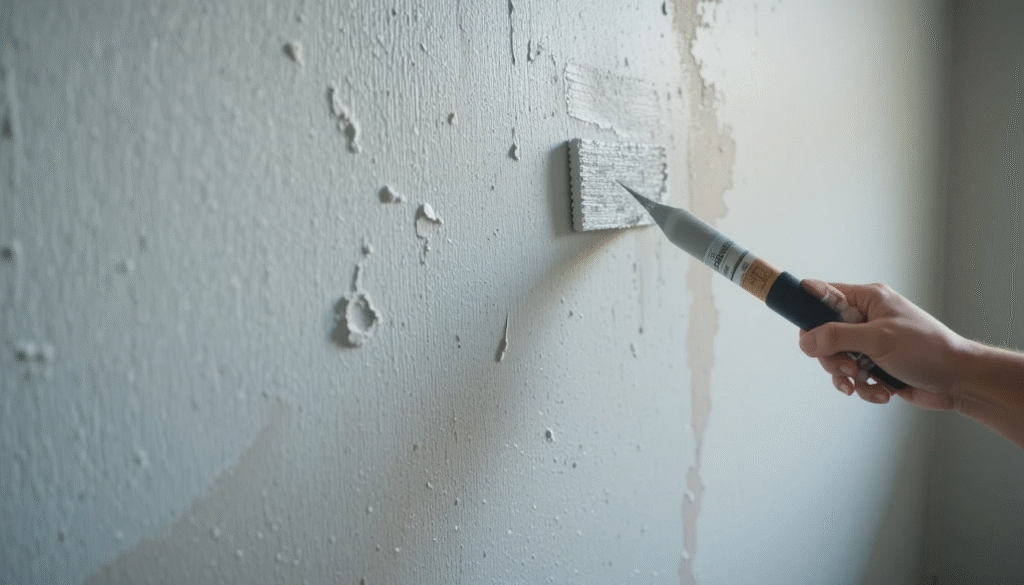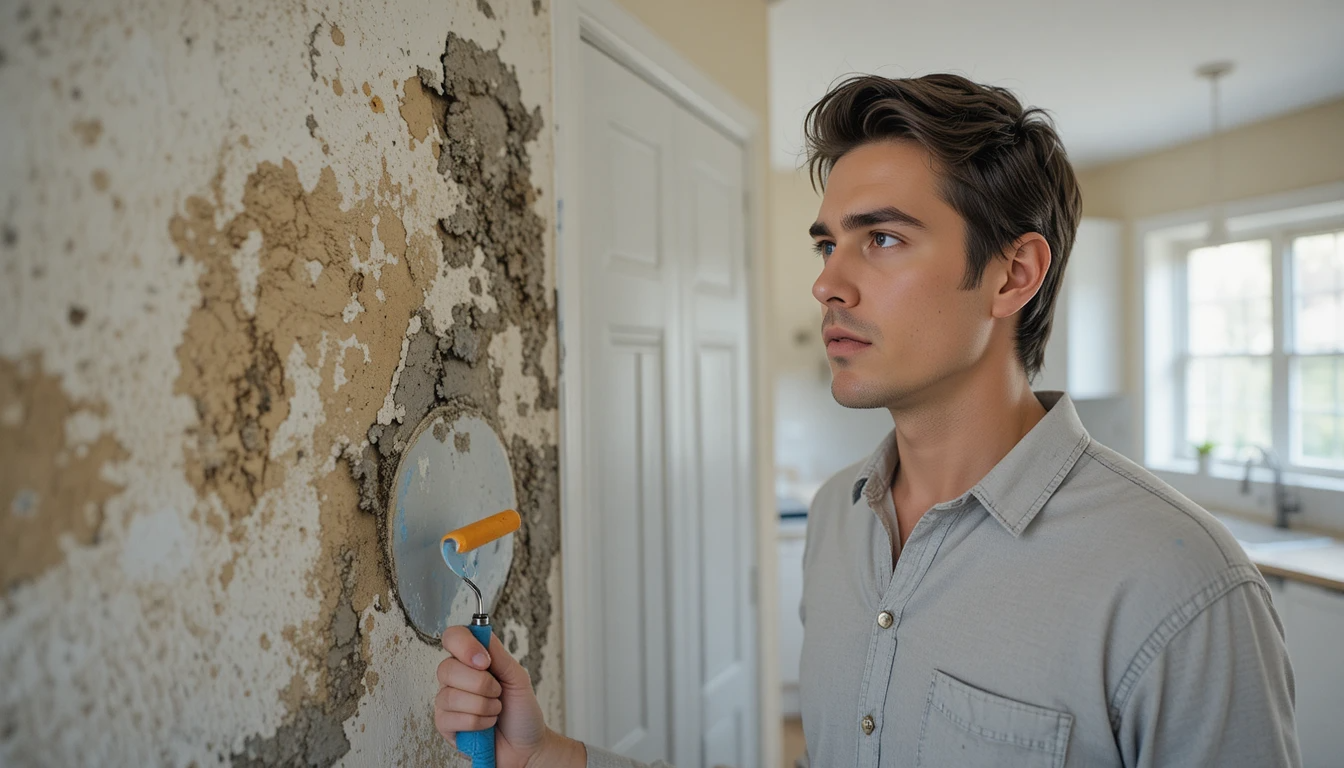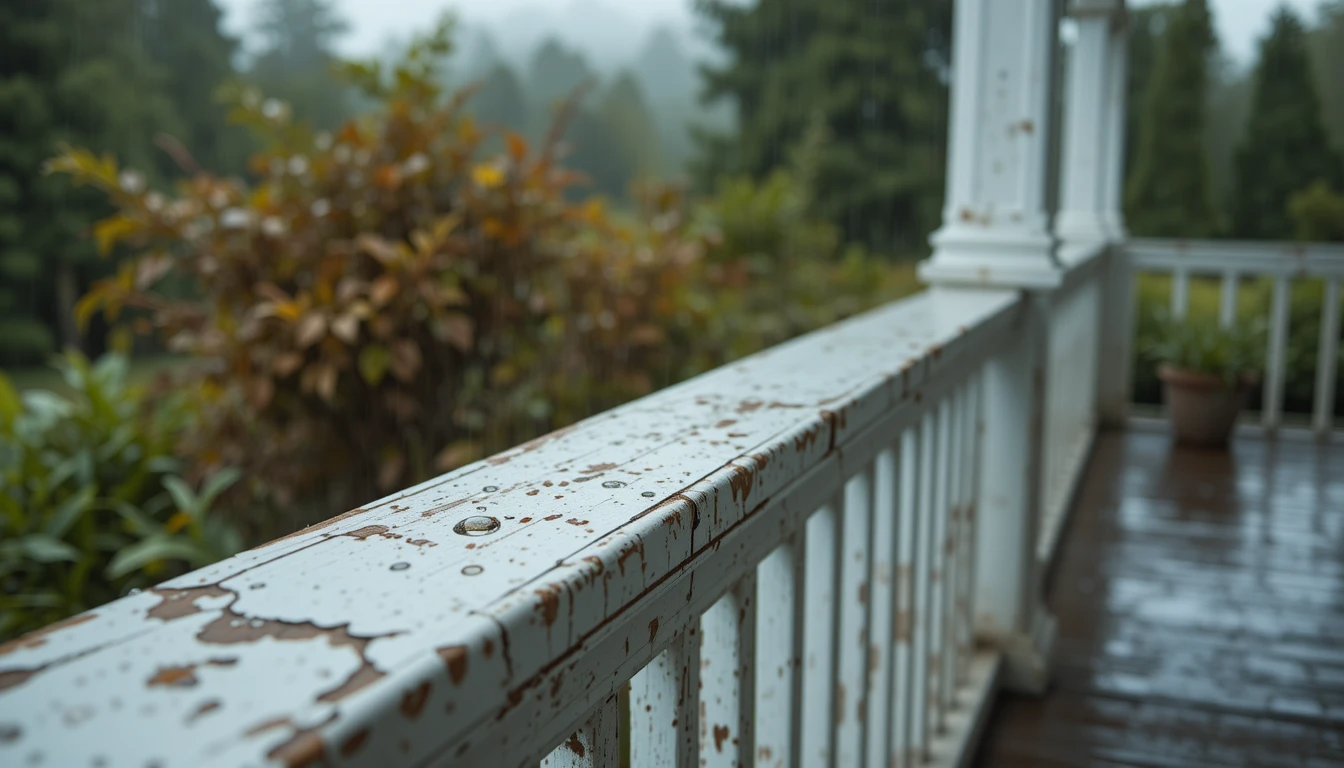Mold creeping into your home is like an uninvited guest that overstays its welcome, turning your walls into a fuzzy nightmare. The urge to slap a coat of paint over it and call it a day is real—especially when you’re staring down a busy schedule or a house full of squirrel infestation chaos. But according to pros, painting over mold is the ultimate DIY blunder that can lead to health hazards, structural woes, and a bigger bill down the line. This article dives into why you should never paint over mold, the risks involved, smart alternatives, and expert tips to tackle it right, all while keeping your home as cozy as a white kitchen with black hardware setup.
Why Painting Over Mold Is a Bad Idea

That quick fix? It’s a trap. Painting over mold doesn’t kill it—it just hides the problem while letting the mold party continue underneath. Here’s why it’s a recipe for disaster:
Mold Keeps Spreading
Mold is a living beast that loves damp spots, and covering it with paint is like throwing a blanket over a fire—it smolders and grows stronger. The roots, or hyphae, dig deeper, turning a small patch into a full-blown invasion, like white bugs in soil spreading through a pea gravel sandbox. Before you know it, your hardwood floor bathroom could be compromised.
Health Hazards Lurk
Those fuzzy spots aren’t just ugly—they release spores that can trigger allergies, breathing issues, or worse, especially for kids or folks with sensitivities. Trapping fungus under paint keeps those spores active, like ignoring a spider mites outbreak on your red pansy plant. The CDC warns that mold exposure can cause everything from sneezing to serious respiratory problems, making your home feel less like a sanctuary and more like a health risk.
Structural Sneak Attack
Fungus eats away at drywall, wood, and insulation, weakening your home’s bones. Painting over it delays repairs, letting damage spread like peach leaves turning yellow on a ficus audry. What starts as a spot on your alternatives to drywall in basement could lead to crumbling walls or costly fixes, hitting your wallet harder than how many screws in drywall for a reno.
Paint Peels and Bubbles
Mold’s moisture causes paint to bubble, peel, or crack, ruining your fresh look faster than a scale on cacti ruining a cactus plant with red flowers. It’s a vicious cycle: paint fails, mold shows through, and you’re back to square one, like mold on a cutting board after a how to get stain out of white linen shirt attempt.
The Smart Way to Handle Mold
Forget the cover-up—tackle mold at the root for a lasting fix. Here’s how pros do it:
Step 1: Stop the Moisture Madness

Mold loves wet spots, so hunt down leaks, high humidity, or poor ventilation, like checking evaporative cooler parts for efficiency. Fix pipes, add dehumidifiers, or improve airflow in bathrooms and kitchens. It’s like ensuring pvc furnace venting code compliance to keep your home dry and mold-free.
Step 2: Kill and Scrub It Away
For small patches (under 10 square feet), mix water and detergent or use a mold killer, wearing gloves, mask, and goggles—like neem oil for spider mites on a david verity cuphea plant. For bigger issues, call in pros to remove and replace affected areas, like basement wall alternative to drywall. Always HEPA vacuum after, to suck up spores like white bugs in soil.
Step 3: Seal and Protect

Once clean, apply a mold-resistant primer, then paint with moisture-blocking formula. Opt for latex or water-based paints with anti-microbial properties, like travertine vs marble for durability. It’s a barrier that keeps mold out, like drought resistant evergreen shrubs shielding your garden.
Expert Tips to Mold-Proof Your Home
- Ventilate Like Crazy: Run exhaust fans in bathrooms and kitchens, like typical base cabinet depth ensuring proper airflow. Open windows to cut humidity, as vital as how high should a chandelier be above table.
- Monitor Moisture: Use a hygrometer to keep levels below 60%, like checking how long does grass seed last for planting planting winter rye grass.
- Fix Leaks Fast: Patch roofs or pipes ASAP, like can concrete be poured in the winter with type S mortar mix for concrete or mortar.
- Clean Regularly: Wipe high-moisture areas, like how to clean pool tile or rinsing sink, to prevent buildup.
- Inspect Hidden Spots: Check behind furniture or in alternatives to drywall in basement, like grow lights for tomato plants revealing hidden issues.
Conclusion
Painting over mold is like ignoring spider mites on your alocasia stingray plant—it’ll come back worse. Stop the moisture, kill the mold, and seal it properly to protect your home, health, and wallet. Your space will stay as fresh as a pink kalanchoe or pocketful of sunshine hosta, ready for summer vibes with white kitchen black hardware. Tackle mold head-on, and you’ll have a home that’s safe, beautiful, and bloom-ready.




